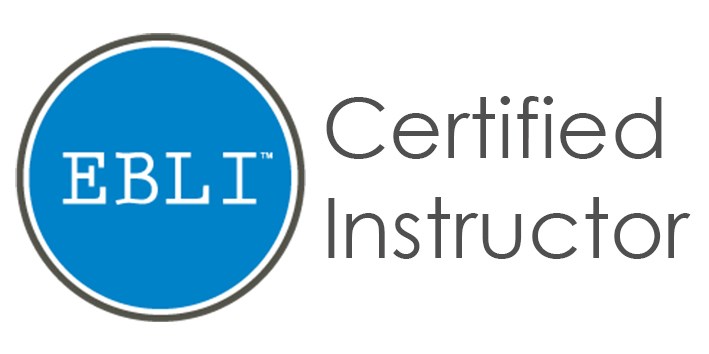Dyslexia Definition
“Dyslexia is a specific learning disability that is neurobiological in origin. It is characterized by difficulties with accurate and/or fluent word recognition and by poor spelling and decoding abilities. These difficulties typically result from a deficit in the phonological component of language that is often unexpected in relation to other cognitive abilities and the provision of effective classroom instruction. Secondary consequences may include problems in reading comprehension and reduced reading experience that can impede growth of vocabulary and background knowledge.” Adopted by the International Dyslexia Association (IDA) Board of Directors, Nov. 12,2002.
Breaking Down the Definition
" A specific learning disability that is neurological in origin" means it is based in the make up of the brain.
"difficulties with accurate and/or fluent word recognition and by poor spelling and decoding abilities" means they have difficulty breaking words down so that they can read and spell them.
"deficit in the phonological component of language" means their brain has difficulty the sounds and order of sounds in a word.
"often unexpected in relation to other cognitive abilities" means the individual has average to above average intelligence, it is not the result of a low IQ.
"provision of effective classroom instruction" means the individual has had the opportunity to learn in an environment that others were successful in.
"Secondary consequences may include problems in reading comprehension" means that because of the difficulty with decoding(reading) words, an individual may not be able to read fluently enough to comprehend what they are reading.
" Can impede the growth of vocabulary and background knowledge" means that due to an individuals limited reading they may not have as developed vocabularies or background knowledge as their peers.
How Common is Dyslexia?
Dr. Sally Shaywitz, co-director of the Yale Center for Dyslexia and Creativity, estimates that 80 to 90 percent of children who struggle with learning disorders have dyslexia- as many as one in five children. (Dr. Shaywitz estimates include those not identified, or not identified as severe enough for special education).
According to the International Dyslexia Association, 15-20% of the population has a language-based learning disability. Dyslexia is the most common cause of reading, writing and spelling difficulties. Dyslexia affects males and females nearly equally as well as people from different ethnic and socio-economic backgrounds nearly equally.
Can People with Dyslexia Learn to Read ?
According to researchers at the National Institutes of Child Health and Human Development, for 90 to 95 percent of poor readers, prevention and early intervention programs that combine instruction in phonemic awareness, phonics, fluency development, and reading comprehension strategies---provided by well-trained, linguistically informed teachers---can increase reading skills to average reading skills or above (Lyon 1997).

